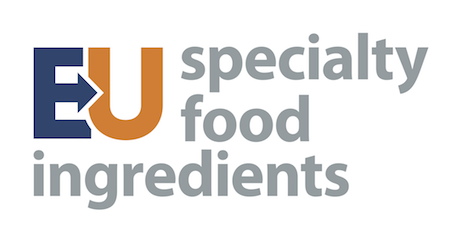FACTSHEETS
Understanding nanoparticles and engineered nanomaterials: Use and labelling
Almost all solid food ingredients contain nanoparticles – tiny units of matter that cannot be seen with the naked eye or even with a conventional microscope. Nanoparticles in food generally dissolve in the body’s digestive tract.
Most nanoparticles are created by Mother Nature. For example, cow’s milk naturally contains casein micelles, which are nanocapsules created by nature to deliver nutrients such as calcium, phosphate and protein to new born calves. Others are created by standard technologies commonly used during the production of foods or food ingredients, such as drying, milling, grinding, etc.
Engineered nanomaterials, on the other hand, are intentionally created to fulfil a specific function. For example, iron hydroxide adipate tartrate is an engineered nanomaterial developed for use in food supplements as a source of bioavailable iron. It is different to other types of iron because it has unique properties that make it easier for the body to absorb and use.

